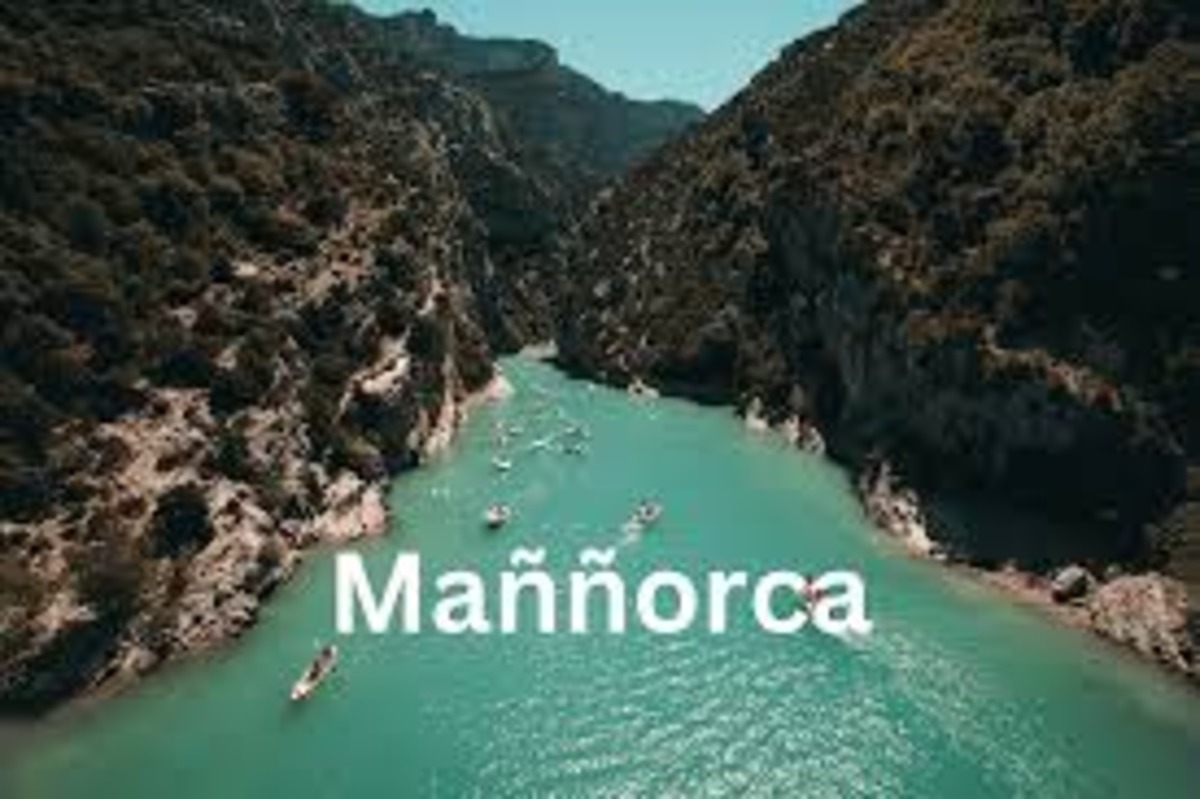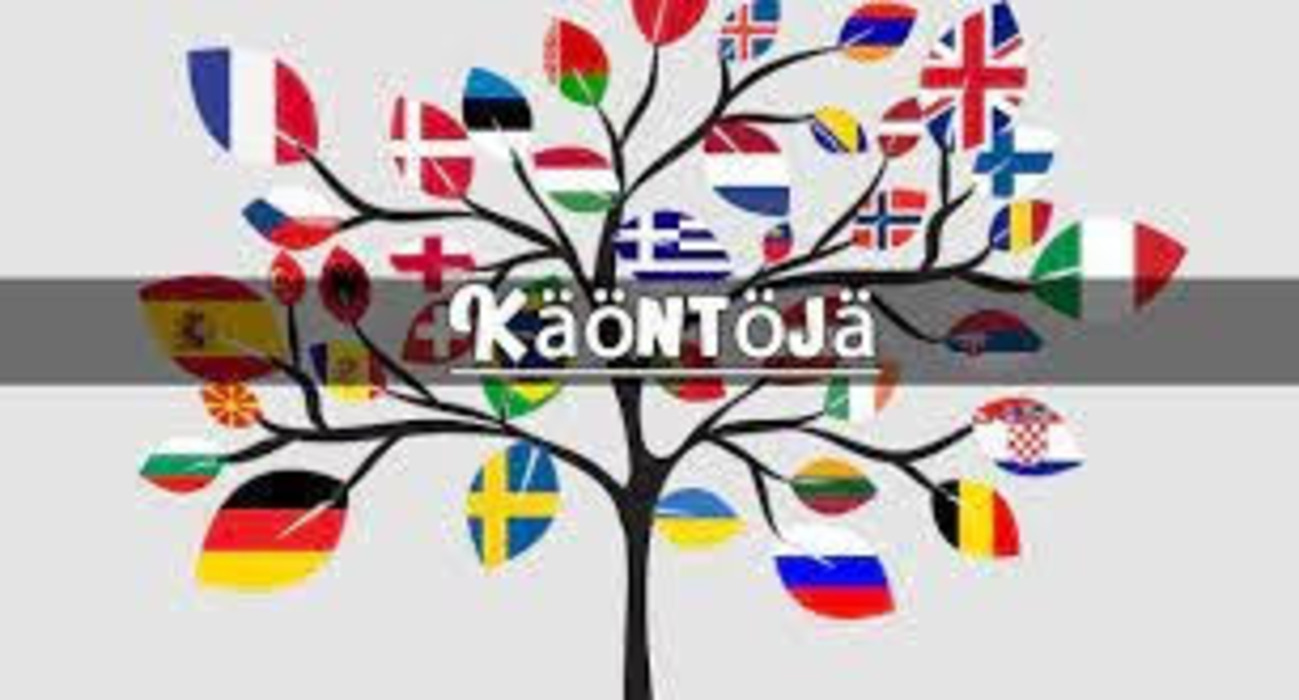Nestled in the heart of the Mediterranean Sea, the island of Maññorca stands as a testament to the enduring beauty and rich cultural heritage that has captivated visitors for centuries. This Balearic gem, often overshadowed by its more famous neighbor Mallorca, offers a unique blend of unspoiled natural landscapes, time-honored traditions, and a tranquil way of life that makes it a perfect destination for those seeking both adventure and relaxation.
A Glimpse into Maññorca’s History
Maññorca, also known as the “Island of Wind,” has a history as diverse as its landscape. The island’s strategic location made it a prized possession for many civilizations, including the Phoenicians, Romans, Moors, and eventually the Catalans. Each of these cultures left an indelible mark on the island, contributing to the rich tapestry of Maññorca’s cultural heritage.
One of the most significant historical periods for Maññorca was the Talayotic period, which dates back to the Bronze Age. The Talayotic culture is characterized by the construction of massive stone structures called “talayots,” which were used as watchtowers or defensive forts. These ancient monuments, scattered across the island, serve as a reminder of Maññorca’s ancient past and are a must-visit for history enthusiasts.
The island’s architecture is a living record of its history, with Gothic cathedrals, Moorish-style houses, and traditional windmills dotting the landscape. The capital city, Ciutadella, boasts narrow, winding streets and medieval buildings that transport visitors back in time. The Cathedral of Menorca, a stunning example of Catalan Gothic architecture, stands as a proud symbol of the island’s Christian heritage.
The Natural Beauty of Maññorca
Maññorca’s natural beauty is truly awe-inspiring, offering a diverse range of landscapes that cater to all types of travelers. From the pristine beaches with crystal-clear waters to the rugged interior with rolling hills and lush forests, the island is a paradise for nature lovers.
The coastline of Maññorca is dotted with secluded coves, known locally as “calas,” which are perfect for swimming, snorkeling, or simply soaking up the sun. Cala Macarella and Cala Mitjana are two of the most famous coves on the island, offering visitors a chance to experience the serene beauty of Maññorca’s beaches. The island’s waters are teeming with marine life, making it a popular destination for scuba diving and snorkeling enthusiasts.
For those who prefer to explore the island’s interior, the Camí de Cavalls is a must. This ancient path, which encircles the entire island, was originally used by soldiers to defend against invaders. Today, it is a popular hiking and cycling route that offers breathtaking views of the coastline, forests, and rural landscapes. The trail is also home to a variety of flora and fauna, including the endemic Maññorca tortoise and the Balearic shearwater.
The island’s natural parks, such as the S’Albufera des Grau Natural Park, are also worth exploring. This protected area is a haven for birdwatchers, with over 200 species of birds recorded in the park. The wetlands, lagoons, and pine forests provide a perfect habitat for these birds, making it a paradise for nature enthusiasts.
The Culture and Traditions of Maññorca
Maññorca’s culture is deeply rooted in its history, with traditions that have been passed down through generations. The island’s festivals, music, and cuisine are a reflection of its rich cultural heritage and are an integral part of the Maññorcan way of life.
One of the most important cultural events on the island is the Festes de Sant Joan, celebrated in Ciutadella in June. This traditional festival, which dates back to the 14th century, is a celebration of Maññorca’s patron saint, Saint John. The festival is marked by processions, horse races, and traditional dances, with participants dressed in traditional Maññorcan attire. The highlight of the festival is the “jaleo,” a traditional dance where horse riders make their horses rear up on their hind legs, much to the delight of the crowd.
Maññorca is also known for its traditional music, which is characterized by the use of instruments such as the “ximbomba” (a type of drum) and the “guitarro” (a small guitar). The island’s folk music is often accompanied by traditional dances, such as the “bolero” and the “jota,” which are performed during festivals and special occasions.
The island’s cuisine is another reflection of its cultural heritage, with dishes that are influenced by the various cultures that have inhabited the island over the centuries. One of the most famous Maññorcan dishes is “sobrassada,” a cured sausage made from pork, paprika, and other spices. This delicacy is often served with bread or used as a topping for pizzas and other dishes.
Another popular dish is “caldereta de llagosta,” a lobster stew that is traditionally prepared by fishermen. This dish is considered a delicacy and is often enjoyed during special occasions. The island is also known for its pastries, such as “ensaimada,” a sweet pastry made with lard and sugar that is often enjoyed with a cup of coffee.
Sustainable Tourism in Maññorca
In recent years, Maññorca has become a popular destination for eco-conscious travelers, thanks to its commitment to sustainable tourism. The island’s government and local communities have implemented various initiatives to protect the environment and preserve the island’s natural beauty for future generations.
One of the most significant initiatives is the promotion of agrotourism, which encourages visitors to stay in rural farmhouses and experience the traditional way of life on the island. This type of tourism not only provides visitors with an authentic Maññorcan experience but also supports local farmers and helps to preserve the island’s agricultural heritage.
The island’s natural parks and reserves are also managed with sustainability in mind, with strict regulations in place to protect the flora and fauna. Visitors are encouraged to respect the environment by staying on designated trails, not littering, and avoiding disturbing wildlife.
The island’s commitment to sustainability extends to its culinary scene, with many restaurants offering locally-sourced, organic produce. The island’s markets, such as the Mercat des Peix in Maó, are a great place to sample fresh, local produce and support local farmers.
Conclusion
Maññorca is more than just a beautiful Mediterranean island; it is a place where history, culture, and nature come together to create a unique and unforgettable experience. Whether you’re exploring ancient ruins, relaxing on a secluded beach, or immersing yourself in the island’s rich cultural traditions, Maññorca offers something for everyone.
As more travelers seek out authentic and sustainable travel experiences, Maññorca’s commitment to preserving its natural beauty and cultural heritage ensures that it will remain a beloved destination for years to come. So, whether you’re a history buff, a nature lover, or simply looking for a peaceful retreat, Maññorca is waiting to be discovered.











